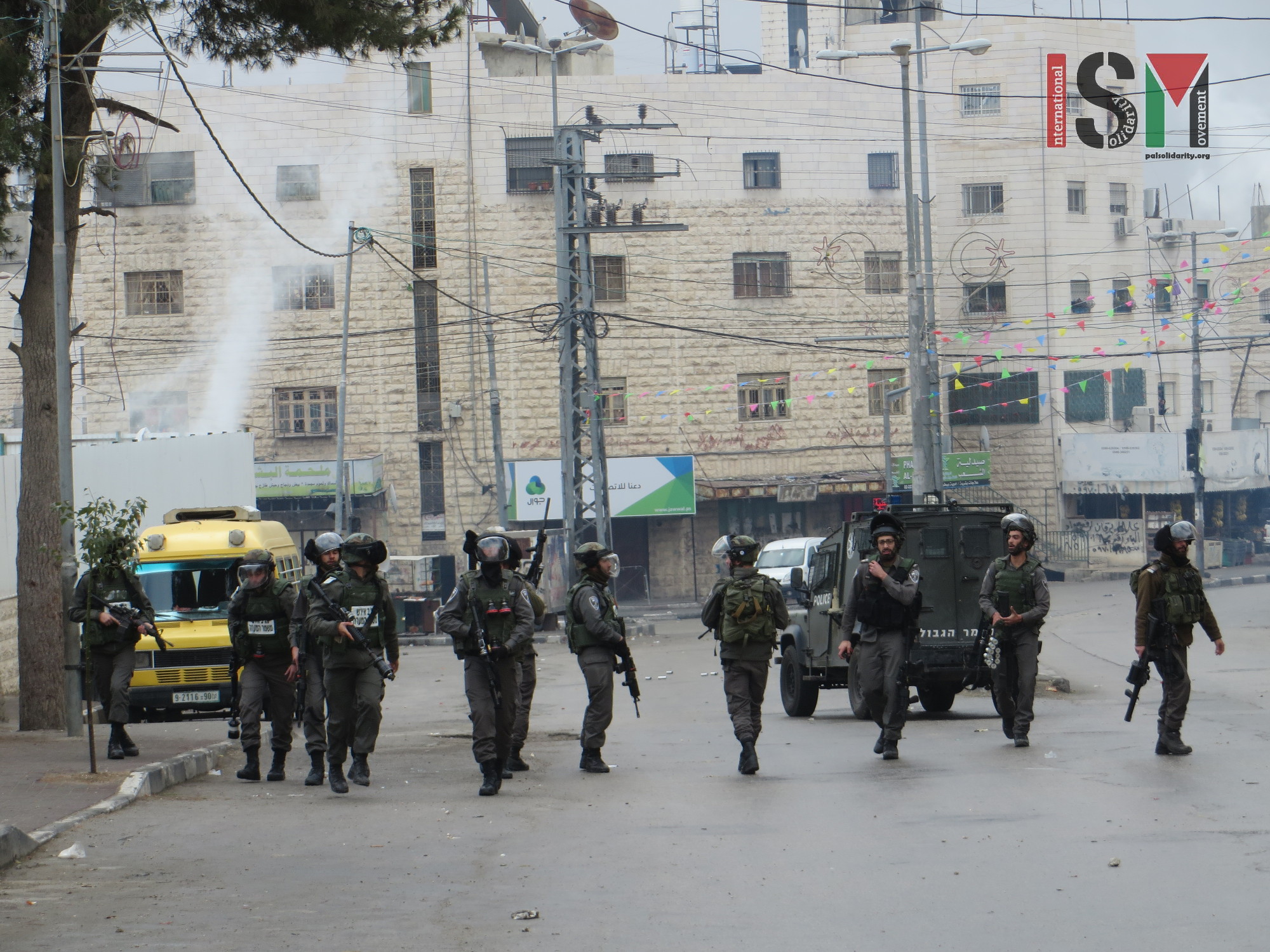Author: ISM Media
-
Israeli forces using skunk-water as a form of collective punishment
30th December, 2015 | International Solidarity Movement, al Khalil team | Al Khalil, occupied Palestine On 30th December 2015, Israeli forces showered the Abu Sneineh neighbourhood in occupied al-Khalil (Hebron) in tear gas and shot skunk water at family homes and a kindergarten. When students at the schools in the Abu Sneineh neighbourhood were leaving…
-
Israeli forces continue slaughtering Gazan protesters
30th December 2015 | International Solidarity Movement, Gaza Team | Gaza strip, occupied Palestine Last Friday, 25th of December another youth, 22-year-old Hani Wahdan, was killed in Shijaia in Gaza. One week before, 20-year-old Mohamed El Agha was killed in El Faraheen in Gaza. Since the beginning of October Israeli snipers have killed unarmed demonstrators along…
-
Egypt’s seawater pumping project endangers Gazan’s lives
December 24th 2015 | International Solidarity Movement, Gaza Team | Gaza, occupied Palestine During recent months the subsidence of the land along the Egyptian border have become a great danger for the population of Rafah. This is due to the Egyptian project that has been pumping seawater all along its border with the…



